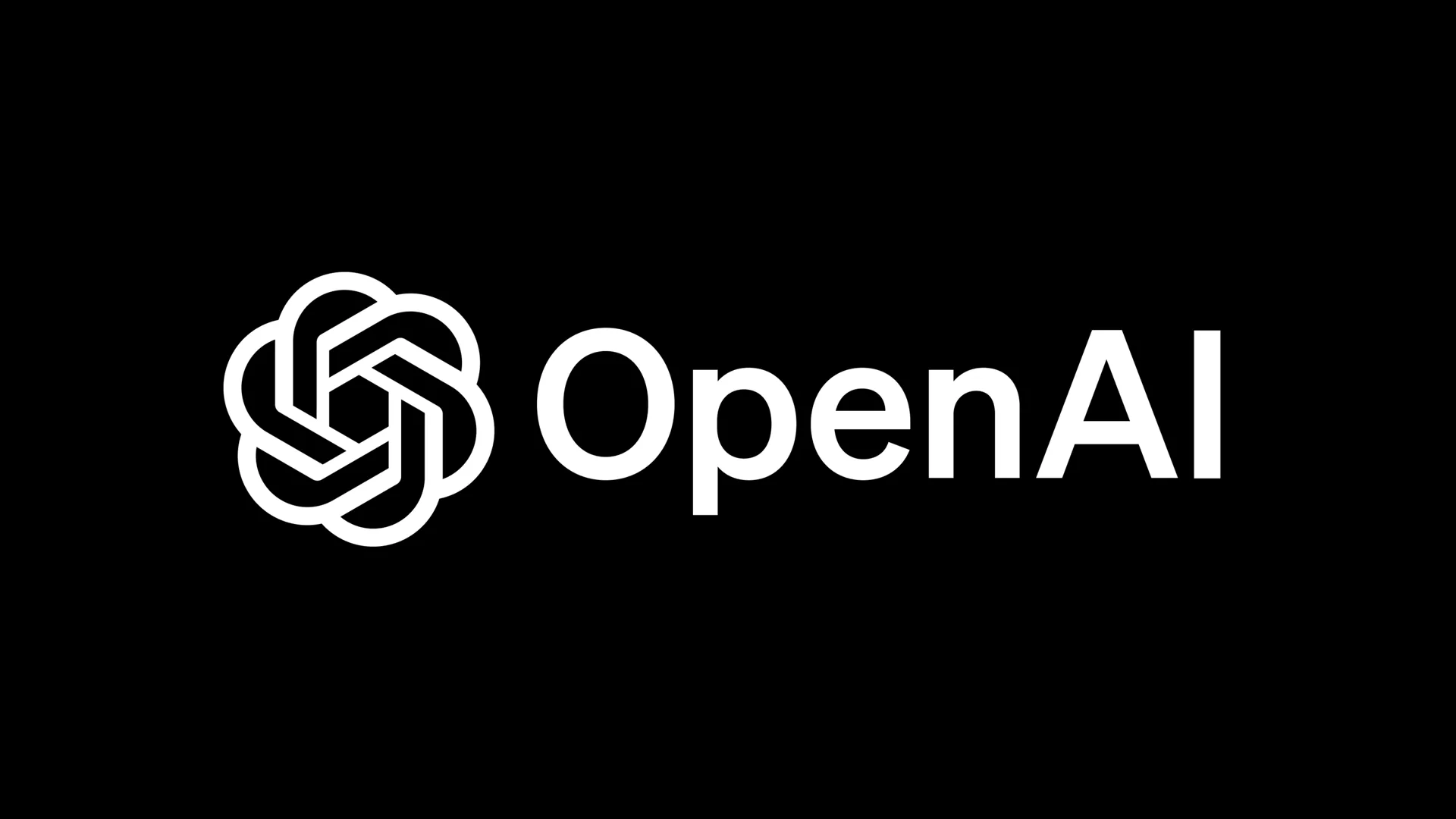Canada has opened the G7 Industry, Digital and Technology Ministers’ Meeting in Montreal, bringing together ministers, industry leaders, and international delegates to address shared industrial and technological challenges.
The meeting is being led by Industry Minister Melanie Joly and AI and Digital Innovation Minister Evan Solomon, with discussions centred on strengthening supply chains, accelerating innovation, and boosting industrial competitiveness across advanced economies.
Talks will focus on building resilient economies, expanding trusted digital infrastructure, and supporting growth while aligning industrial policy with economic security and national security priorities shared among G7 members.
The agenda builds on outcomes from the recent G7 leaders’ summit in Kananaskis, Canada, including commitments on quantum technologies, critical minerals cooperation, and a shared statement on AI and prosperity.
Canadian officials said closer coordination among trusted partners is essential amid global uncertainty and rapid technological change, positioning innovation-driven industry as a long-term foundation for economic growth, productivity, and shared prosperity.
Would you like to learn more about AI, tech, and digital diplomacy? If so, ask our Diplo chatbot!










